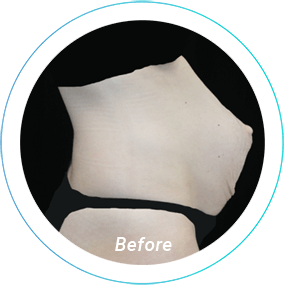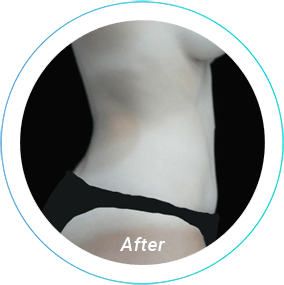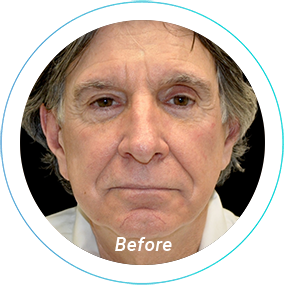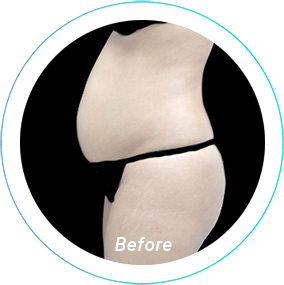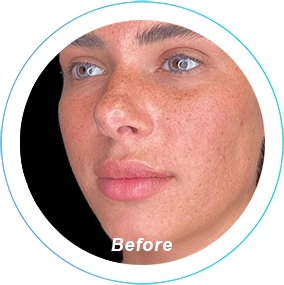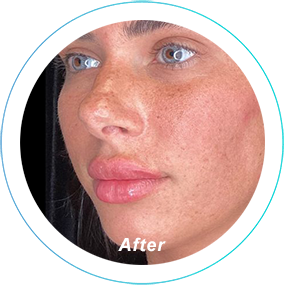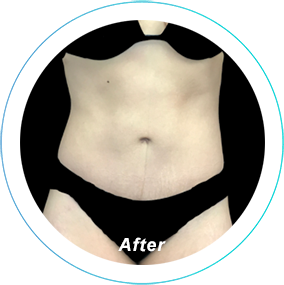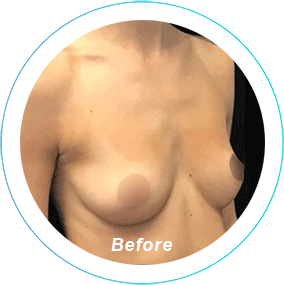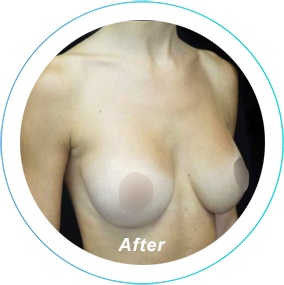Men and women often ask me about the facelift/necklift procedure. The reason this is a frequent request at consultations is because the face usually shows the first signs of aging. Diminished volume and gravity both play a part in the facial aging process. The main indication for a facelift is the jowling that occurs on the jawline. These patients still feel young and energetic, but their faces portray a much different image of a tired, older person. Although a facelift procedure cannot stop or slow down the aging process, it can turn back the visual signs of aging by smoothing the skin of the face and neck, tightening the underlying tissues and muscles, and removing excess skin. Often, additional procedures are performed at the time of the facelift surgery, such as eyelid lifts, browlifts or reshaping of the nose. The greatest level of patient satisfaction seems to be when the necklift is done along with the facelift procedure. It must also be noted that sometimes fillers alone can address the problem, but sometimes fillers are needed in addition to the facelift. The facelift addresses the lax skin and muscles, the fillers combat the loss of facial volume that accompanies aging.
Over the decades, the facelift procedure has changed and continues to evolve. It has changed from a simple skin lifting to a more complex deeper plane lifting technique. It usually involves incisions in front of and behind the ear. Once these incisions are made, varying degrees of undermining of the skin are performed and the deeper layers of the face are lifted. Sometimes liposuction of the neck and jowls are performed in addition to the tightening of the muscles. The much welcomed results are an age reversing effect of gravity and lax tissue of the face to a more youthful looking contour.
Smokers will be asked to stop smoking well in advance of your surgery. Smoking can impede healing. Certain medications that can increase the risk of bleeding such as aspirin, non-steroidal anti inflammatory meds, and some vitamins should be discontinued prior to surgery. If you have shorter hair, you may want it to grow out enough to cover your incisions as they heal. Any chemical processing of your hair should be done before surgery, because these must be stopped for one month or more after surgery. You should also plan on having someone stay with you the first night after surgery.
During the recovery period, there are certain guidelines that should be followed, such as, elevation of your head, even when sleeping, as it is very helpful in reducing post-operative swelling. Again, blood thinning medications should be avoided for the first week after surgery. Bending, straining activities, and lifting should also be avoided in the early post operative phase as these too can cause bleeding. Another patient concern that is often expressed to me is the fear of looking mask-like after the procedure. When I adjust the skin and muscles during the facelift, I make them tight enough to make a difference in the overall outcome, but not too tight that will make them appear like they are wearing a mask. The patients will still look like themselves, just a much younger looking version of themselves!
Because with any surgery the healing process is gradual, you should expect to wait several weeks for an accurate picture of your new look. Additional minor changes may occur as more settling takes place over the next several months after surgery. But one thing is for certain, you will enjoy the youthful results of your facelift through many seasons of your life. This may be a good time to take in the beauty all around you and your newfound youthfulness.
This Industry Insight was written by Anna Wooten, MD. Dr. Wooten, the founder of Beleza Plastic Surgery, is Board Certified by the American Board of Plastic Surgery and is a member of the American Society of Plastic Surgeons. She completed her General and Plastic Surgery Residency and Fellowship at one of the leading Plastic Surgery Training Programs in the country, the University of Pittsburgh Medical Center. Her unique and extensive education and training brings a special perspective to the discipline and art of Aesthetic Plastic and Reconstructive Surgery.







